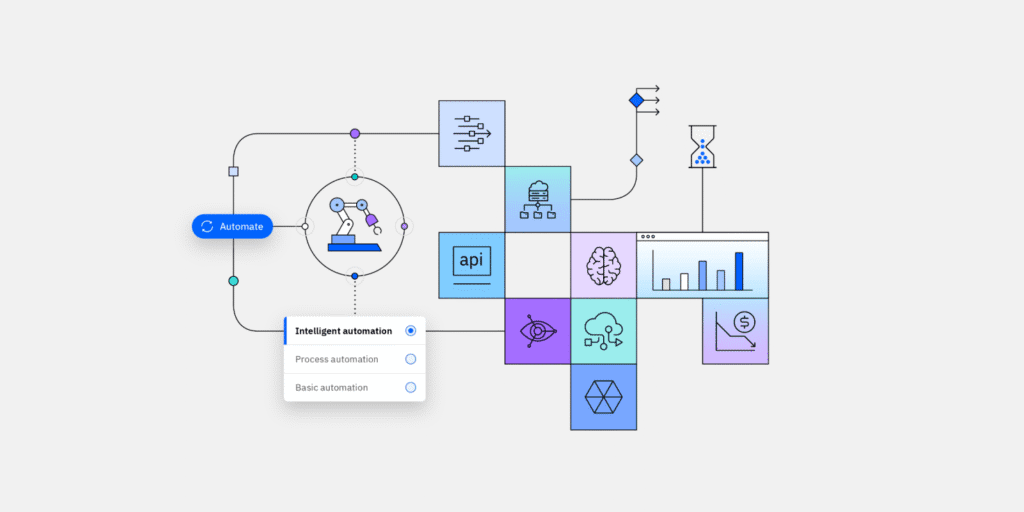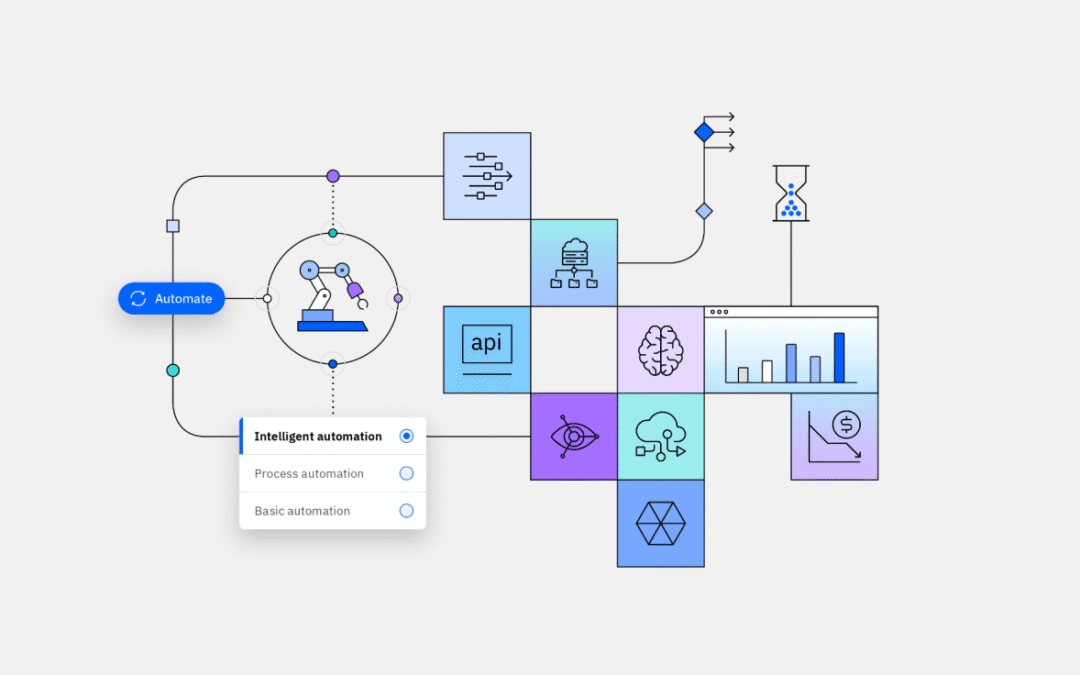
Unlocking New Opportunities in Your Business Workflow
In today’s rapidly evolving business landscape, “automation” is no longer a buzzword; it’s a strategic imperative. From small and medium-sized enterprises (SMEs) to global corporations, businesses are increasingly recognizing the profound impact of automating repetitive, manual tasks to drive efficiency, reduce costs, and unlock new avenues for growth. As we move further into 2025, the conversation shifts from if to automate, to what and how to automate for maximum impact.
What is Business Process Automation (BPA)?
Business Process Automation (BPA) refers to the strategic application of technology to automate complex, repetitive, and often rule-based business processes. It’s about streamlining day-to-day operations to ensure smooth functioning and achieve organizational goals. Unlike simple task automation, BPA often involves a series of interconnected steps, sometimes spanning multiple departments or systems, to achieve a complete workflow. This can involve technologies like Robotic Process Automation (RPA), Artificial Intelligence (AI), Machine Learning (ML), and workflow management systems.
The Undeniable Benefits of Automation
The advantages of embracing automation are multifaceted and compelling:
- Increased Efficiency and Productivity: Automated processes execute tasks faster and with greater consistency than manual methods, freeing up human employees to focus on higher-value, strategic activities.
- Reduced Costs: By minimizing manual labor and errors, businesses can significantly lower operational expenses. This includes savings on salaries, reduced rework, and optimized resource allocation.
- Improved Accuracy and Reduced Errors: Humans are prone to mistakes, especially in repetitive tasks. Automation eliminates human error, leading to more accurate data, consistent output quality, and better compliance.
- Enhanced Scalability: As businesses grow, manually managing processes becomes increasingly challenging. Automated systems can handle larger workloads without the need for proportional increases in staff, enabling seamless scalability.
- Better Compliance and Security: Automation helps ensure adherence to regulatory requirements by providing consistent execution and auditable records of processes. It can also enhance data security.
- Faster Decision-Making: Automation provides real-time data insights, allowing businesses to spot trends, identify bottlenecks, and make informed decisions more quickly.
- Improved Employee Morale: By offloading tedious and repetitive tasks, automation empowers employees to engage in more fulfilling and impactful work, leading to increased job satisfaction and reduced burnout.
- Enhanced Customer Experience: Automation tools like chatbots and personalized email marketing can provide instant support, improve response times, and deliver tailored interactions, leading to greater customer satisfaction.
Identifying Automation Opportunities in Your Workflow
The key to successful automation lies in identifying the right processes. Here’s how businesses can start thinking about what can be automated:
- Look for Repetitive, Rule-Based Tasks: Any task that involves consistently following a set of predefined rules and is performed frequently is a prime candidate for automation. This could be data entry, report generation, invoice processing, or customer onboarding.
- Identify High-Volume Tasks: Processes that handle a large volume of transactions or data are excellent for automation. Even small efficiency gains per transaction can lead to significant overall improvements.
- Pinpoint Bottlenecks and Delays: Where do processes consistently get stuck? Where are delays frequent? Automation can often resolve these bottlenecks by accelerating specific steps or ensuring smooth handoffs.
- Assess Tasks Prone to Human Error: If a particular task frequently results in mistakes, automation can drastically reduce errors and improve accuracy.
- Engage Your Employees: Your staff are on the front lines and have invaluable insights into which tasks are most tedious, time-consuming, or frustrating. Conduct workshops or surveys to gather their input.
- Analyze Time-Consuming Activities: Evaluate which tasks consume a significant amount of your employees’ time that could be better spent on strategic initiatives.
- Review Cross-Departmental Workflows: Processes that involve multiple departments often have handoff issues and communication gaps. Automation can streamline these interdepartmental workflows.
Business Automation Ideas and Opportunities for 2025
The landscape of business automation is continually evolving, with AI and machine learning playing increasingly central roles. Here are some key areas where businesses can focus their automation efforts:
- Customer Service:
- AI-Powered Chatbots and Virtual Assistants: Handling common inquiries, providing instant support, and routing complex issues to human agents.
- Automated Ticket Management: Prioritizing and assigning customer service tickets, sending automated resolution notifications.
- Automated Feedback Collection: Sending out surveys and collecting customer feedback automatically.
- Finance and Accounting:
- Automated Invoice Processing and Payments: Generating invoices, sending payment reminders, and processing vendor payments.
- Payroll Automation: Streamlining payroll calculations, tax deductions, and direct deposits.
- Expense Management: Automating expense approvals and reimbursement processes.
- Automated Financial Reporting: Generating profit and loss statements, budget reports, and other financial analyses.
- Human Resources:
- Recruitment and Onboarding: Automating resume screening, initial candidate communication, background checks, and new hire paperwork.
- Employee Data Management: Automating updates to employee records, leave requests, and benefits administration.
- Performance Management: Setting up automated reminders for performance reviews and tracking key performance indicators.
- Sales and Marketing:
- Lead Generation and Nurturing: Automating lead capture, qualification, and personalized email marketing campaigns.
- CRM Integration: Seamlessly updating customer information across different systems.
- Sales Proposal Generation: Automating the creation of customized sales proposals.
- Social Media Scheduling: Automating posts and engagement across various platforms.
- Operations and IT:
- Inventory Management: Automated tracking of stock levels, reorder alerts, and supply chain optimization.
- Workflow Approvals: Automating document approvals, contract reviews, and project sign-offs.
- IT Service Desk Support: Automating password resets, software installations, and routine IT inquiries.
- Data Entry and Management: Eliminating manual data entry across various systems, ensuring data accuracy and consistency.
The Future of Business Automation: Hyperautomation and Beyond
The future of business automation is characterized by “hyperautomation,” which involves leveraging a combination of advanced technologies like RPA, AI, ML, and intelligent process discovery to automate end-to-end complex workflows. Cloud-based automation platforms and low-code/no-code solutions are also gaining prominence, empowering business users to create and manage automations without extensive technical expertise.
In 2025 and beyond, automation will continue to evolve, with an increasing focus on:
- AI-driven Decision Intelligence: Using AI to analyze vast datasets and provide insights that enable smarter, data-driven decisions.
- Personalized Interactions: Leveraging AI to deliver highly tailored customer and employee experiences.
- Enhanced Security and Compliance: Automation playing a crucial role in maintaining robust security protocols and ensuring regulatory adherence.
- Seamless Integration: More sophisticated integration of automation tools with existing enterprise systems like ERP and CRM.
Conclusion
Business automation is no longer a luxury but a fundamental component of a competitive and efficient enterprise. By strategically identifying areas for automation, businesses can not only reduce costs and improve efficiency but also free up valuable human capital to focus on innovation, strategic growth, and fostering deeper customer relationships. The opportunities are vast, and the time for businesses to thoughtfully explore and implement automation in their workflows is now.

